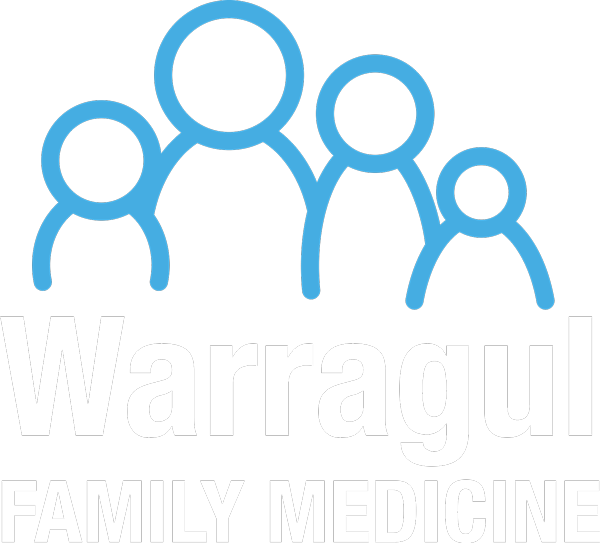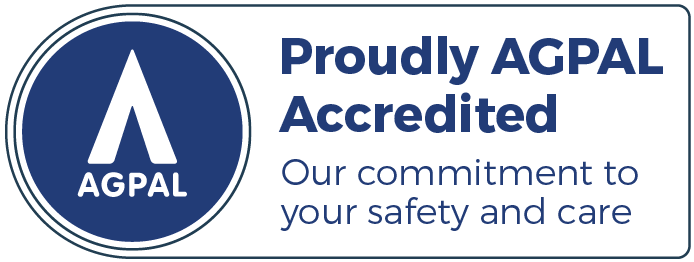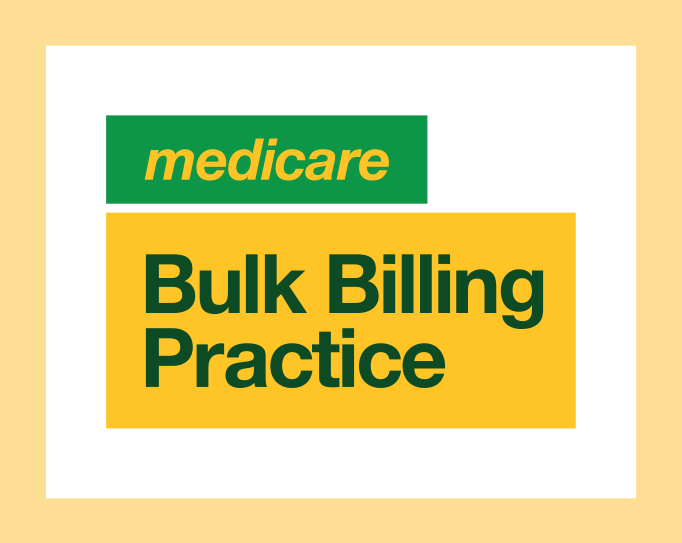Immunisation is the most significant public health intervention in the last 200 years, providing a safe and effective way to prevent the spread of many diseases that cause hospitalisation, serious ongoing health conditions and sometimes death.
Since the introduction of vaccination for children in Australia in 1932, deaths from vaccine-preventable diseases have fallen by 99 per cent, despite a threefold increase in the Australian population over that period. Worldwide, it has been estimated that immunisation programs prevent approximately three million deaths each year.
Immunisation is critical for the health of children and the wider community. For immunisation to provide the greatest benefit, a sufficient number of people need to be vaccinated to halt the spread of bacteria and viruses that cause disease – this is known as herd immunity or community immunity. The proportion of the population that has to be immune to interrupt disease transmission differs for each vaccine preventable disease, but is around 90 per cent for most diseases. For a highly infectious disease like measles, this is up to 95 per cent of the population. This emphasises the need to stay vigilant and ensure high coverage rates are achieved, not only at the national level, but also at the local level.
Since July 2017, the Australian Government has provided ongoing access to free catch up vaccines equivalent to those received in early childhood for all young people up to the age of 19 years and refugees and humanitarian entrants of any age.
Family assistance payments linked to immunisation
Families’ eligibility to receive family assistance payments, such as Family Tax Benefit and Child Care Subsidy, is linked to their child’s immunisation status. Only families who fully immunise their children, are on a recognised immunisation catch-up schedule, or have an approved medical exemption can receive those family assistance payments. Vaccination objection will no longer be a valid exemption.


